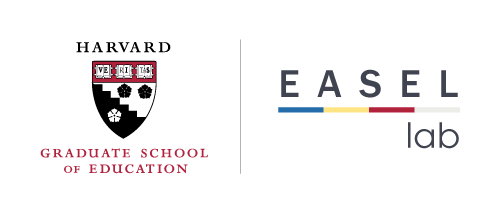The purpose of the INEE QELO Mapping Project is to identify and "map" (code, analyze, describe) existing social emotional learning (SEL) and psychosocial support (PSS) measurement/assessment tools, as well as global guidance documents, being used in the international Education in Emergencies (EiE) sector. The broad aim of the project is to shape global policy using a shared understanding of learning outcomes and by understanding the current monitoring and assessment approaches to SEL and PSS in EIE settings.
This project is advised by the Quality and Equitable Learning Outcomes (QELO) work stream within the Education Policy Working Group (EPWG) of the Inter-Agency Network for Education in Emergencies (INEE). See more about INEE here: https://inee.org/
Our approach included desk research, a survey to INEE members, interviews with various NGO staff working in the field, coding, analysis, and the development of resources to support EIE stakeholders. We coded measurement tools and guidance documents using our Taxonomy Coding System designed to capture six SEL domains and 23 sub-domains. Additionally, for the purposes of this project, we developed a Contextual Factor Coding System which we used to capture information about the environment that may hinder or promote children’s social and emotional development in crisis-affected contexts, organized around the following factors: Equity, Ecology, Safety, Health, and Adult Support.
Final resources include: (a) a set of findings describing the current state of SEL/PSS measurement in EIE, including what tools are available and have been contextualized for specific locations, and how they align to global standards for EIE; (b) a set of profiles for specific SEL/PSS measurement tools and programmatic approaches; (c) a set of summary tables to identify tools by age, domain focus, setting (language, region), and other key features; (d) information about cost and validity; and (e) visual analyses that highlight areas of alignment, priority, and current gaps, which can inform recommendations to the field. Our analyses included 35 measurement/assessment tools, 24 guidance documents, and programmatic approaches from 6 organizations. See map below, showing where SEL/PSS tools are currently being used:

Further information can be found in the full report, SEL and PSS Measurement and Assessment Tools in Education in Emergencies: Identifying, Analyzing, and Mapping Tools to Global Guidance Documents.
